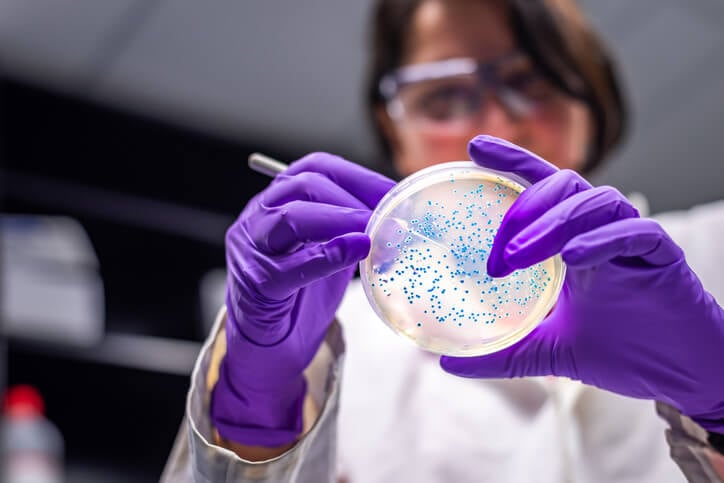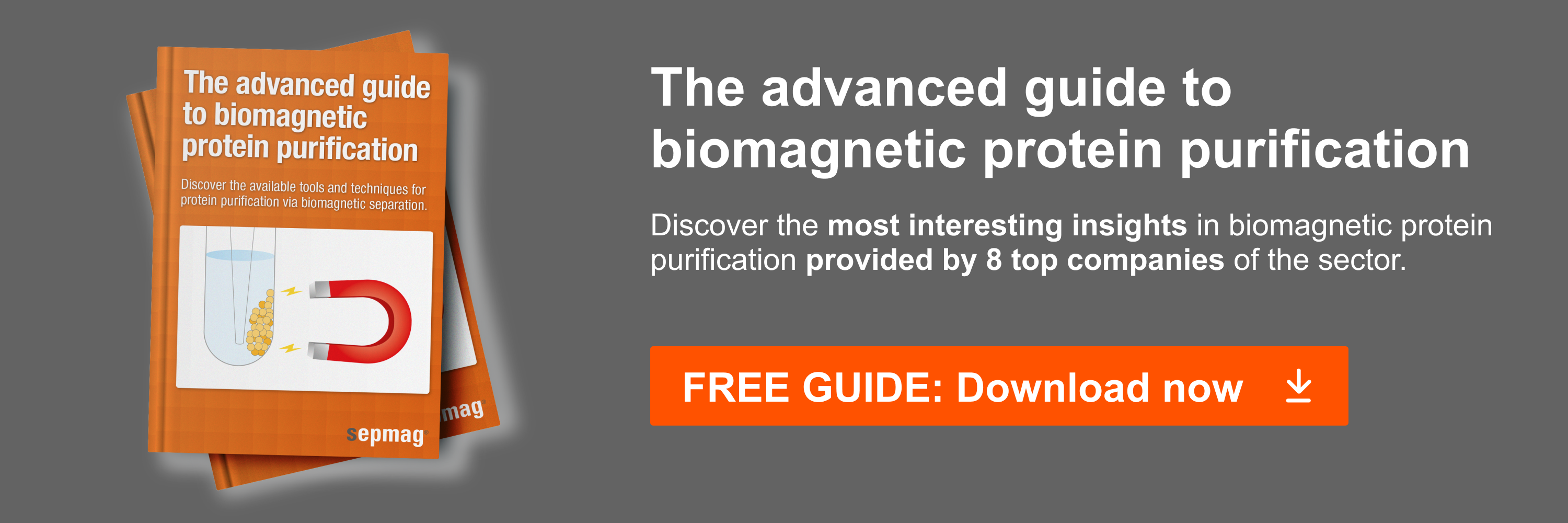What is upstream and downstream processing?
Introduction to upstream and downstream processing. These terms are used more in the scientific industry, for example in pharmaceutical companies. Upstream is the first half of the process and everything associated with it. Downstream is the end of the biological process. Upstream processing being the first part of the biological process, it involves the growing of bacteria in media or culturing of cell lines. Companies use bacterial or human cells to harvest products of interest. There are many products that biological companies are interested in harvesting.
What is upstream processing used for?
Companies harvest antibodies for antibody treatments. These treatments introduce monoclonal antibodies against a specific antigen into the body, this is meant to help the body recognize antigens and produce a response against them. The upstream process of producing and harvesting monoclonal antibodies involves several steps that need to be optimized. First an organism is immunized with an antigen and it produces antibodies against the antigen. Many different types of antibodies will be produced, with varying levels of affinity and neutralization. One particular antibody producing B-cell is chosen from the pool. This cell is hybridized to a tumor cell for increased proliferation. The result, a hybridoma, is cultured and an optimal hybridoma is chosen. This cell is cultured to produce and harvest the monoclonal antibodies it produces.
Companies also produce and harvest insulin, an incredibly important hormone produced in the pancreas. Insulin is what helps the body regulate the use and storage of sugar. People with type 1 diabetes don’t make their own insulin and those with type 2 diabetes make some insulin but their body doesn’t use it properly. People with either type of diabetes can buy insulin so that their body can regulate sugar. Insulin is made in bacteria in laboratories, this is the upstream process for producing insulin. The gene for insulin is placed in a plasmid and the plasmid is transfected into transgenic bacterial cells. The growth of the bacterial cells is the upstream process. It is important to optimize the conditions of this process to maximum growth and production. You want to optimize the media you use to grow the cells to create an environment that is conducive to bacterial cell division and growth.
Upstream processing conclusions
Upstream processing is the first part of producing and harvesting important medicines that treat people all over the world. For a company, it is important to optimize this step because you want to create as much product as you can from each bacterial growth or cell culture. To fully optimize the whole process, companies also need to think about how to best do their downstream processing. This involves purifying molecules of interest from the media used to grow bacterial or human cells. There are many types of purification. Companies have to choose methods that allow for scalability, to purify large batches at one time. There are commonly used purification methods that use affinity columns. Another technique that has become more scalable is magnetic bead purification. New magnetic separation systems now come in much larger sizes to accommodate up to 50 liters, which makes magnetic beads a great option for companies doing upstream and downstream processing.
Related news
- Challenges with your Biomagnetic Separation process?
- Immunoprecipitation with magnetic beads
- A general filtration process





